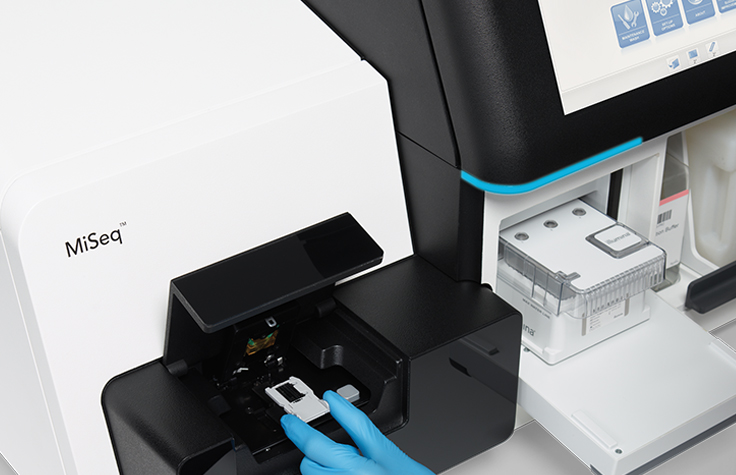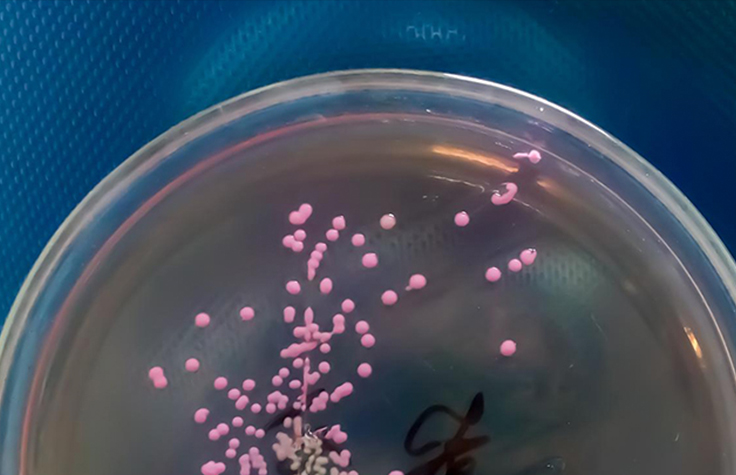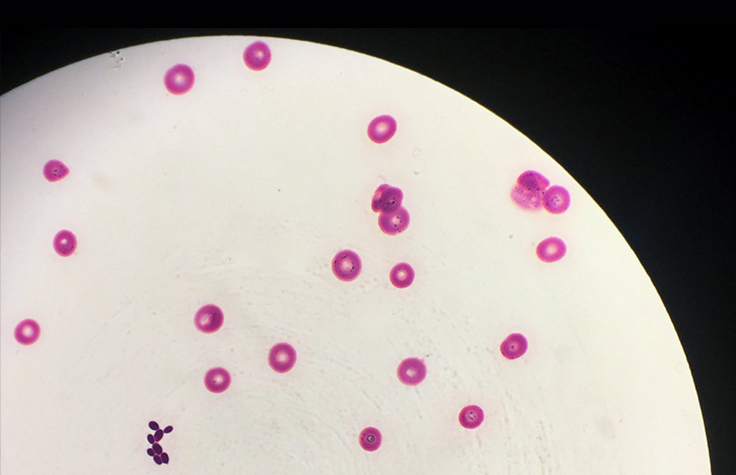Healthcare-Associated Infection Surveillance

Genomics for healthcare-associated infection surveillance
Healthcare-associated infections (HAIs) are infections that occur in a healthcare setting and are estimated to affect approximately 7% of patients in high-income countries and approximately 15% of patients in low - and middle-income countries in acute care hospitals. These infections, which are often caused by multidrug-resistant organisms, can lead to significant morbidity and mortality, increased healthcare costs, and regulatory noncompliance. Surveillance of HAIs is a core component of infection prevention and control programs, which serves to help identify outbreaks and transmission routes, guide infection prevention and control measures, and provide valuable data on the prevalence and distribution of specific pathogens and resistance patterns.1
As part of these surveillance efforts, genomics is unraveling key insights into the genetic makeup of pathogens and enabling more precise identification and tracking of outbreaks and transmission routes. Powered by next-generation sequencing (NGS), labs and clinics can perform genomic HAI-related studies at unprecedented speed and scalability using massively parallel workflows.
NGS applications for healthcare-associated infection surveillance
DNA sequencing is a powerful tool for identifying the specific microorganisms that cause HAIs and for characterizing their genetic makeup, including the presence of genes that confer resistance to antimicrobial drugs. This information can be used to track the spread of infections within healthcare facilities and to implement targeted infection control measures to prevent further transmission.
Antibiotic resistance genes in hospital wastewater
Read how researchers uncover antibiotic resistance genes in hospital wastewater to understand circulation of resistant bacteria into the environment.
Tracking resistant strains
With the growing threat of HAI, see how researchers are using NGS to track multi-drug resistant pathogens and its comparison to other methods in hospitals.
Whole-genome sequencing (WGS) surveillance for enhanced outbreak detection
Read how whole-genome sequencing surveillance combined with machine learning for electronic health records (EHRs) can identify undetected outbreaks and transmission routes in this potentially field-changing report.

Empowering healthcare–associated infection surveillance with bacterial genome sequencing
This application note outlines the comprehensive identification of pathogenic isolates using Illumina sequencing and the SRST2 BaseSpace app.
Read application noteSuggested workflow for NGS-based HAI surveillance
Prepare Libraries
Illumina DNA Prep
A fast, integrated workflow for a wide range of applications, from human whole-genome sequencing to amplicons, plasmids, and microbial species.
Sequence
Sequencing platform comparison tool
Compare NGS systems to find one that is right for your application.
Analyze Data
SRST2
Reports the presence of STs (sequence types) from a MLST database and/or reference genes from a sequence database of virulence genes, resistance genes, and plasmid replicons.
NGS Workflow Finder
Take the guesswork out of your next workflow. The NGS Workflow Finder provides personalized solution recommendations and resources so you can sequence with confidence.
Find your NGS workflow todayRelated resources

Public health surveillance
Learn how public health surveillance can be a vital tool for identifying infectious disease pathogens, variants, AMR and more.

Antimicrobial resistance detection
Learn more about the importance of antimicrobial resistance detection and NGS-based solutions to characterize resistant microbes.

Genomic surveillance
Explore how genomic surveillance with next-generation sequencing (NGS) can track infectious disease transmission and identify novel strains of coronavirus and other emerging pathogens.

Microbial whole-genome sequencing
See Illumina solutions for microbial whole-genome sequencing to analyze hundreds of organisms with the power of multiplexing. Confidently detect low-frequency variants and genome rearrangements.

Wastewater surveillance
Explore how wastewater surveillance can identify pathogens, including strains related to AMR, and variants in a community.

Multi-drug resistant fungus in hospitals
See how Illumina sequencing platforms are being used to detect Candida auris, a global health threat, at the Nevada State Health Lab to prevent trace transmission and prevent outbreaks.
Interested in receiving the latest updates about healthcare-associated infection surveillance?
References
- World Health Organization. Global report on infection and prevention control. who.int/publications/i/item/9789240051164. Published 2022.